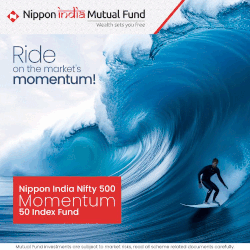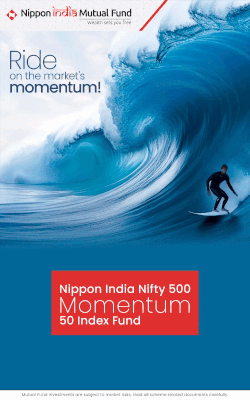Listen to this article
Cafemutual hosted a panel discussion titled, ‘Passives: Challenges and potential’ at Cafemutual Passives Conference 2022 (CPC 2022) to decode the challenges and opportunities in the passives space.
The panel comprised Hari Shyamsunder, CEO, Navi MF, Rohit Shah, Principal Officer, GYR Financial Planners, Sharwan Kumar Goyal, Fund Manager, UTI MF and Vivek Rege, Founder & CEO, VR Wealth Advisors.
Prem Khatri, Founder & CEO, Cafemutual moderated this panel.
Here are the key highlights of discussion:
Cost
Sharwan believes that in passives, ‘jo dikhta hai woh milta hai’ (You get what you see in passives), as they generate close to benchmark returns.
He said that new-age investors are in search of simple solutions at low cost. While cost is one of the elements for selecting a passive fund, tracking error is also essential. It shows a fund’s performance viz a viz its benchmark. A lower tracking error depicts a better ability to achieve returns closer to benchmark. Additionally, fund size is important, especially in the case of index funds. A decent sized fund with stable inflows and outflows could generate better returns in the longer run.
From the remuneration perspective, fees could be lower in the interim but passives can help MFDs/RIAs acquire clients in a big way over the long run, said the panel.
ETF and liquidity concerns
Sharwan shared his views on liquidity concerns in the case of ETFs. He believes that such issues will be addressed sooner or later as the industry is working with the regulator to improve market making mechanism.
Hari pointed out that globally, investors (retail, HNIs, and institutional) trade ETFs through secondary markets. However, in India, most of the institutional and larger clients who can invest in multiple baskets have an option to create/redeem units through AMCs. These funds do not flow to secondary markets, thereby impacting market liquidity.
Secondly, the current market making mechanism needs to improve. For example, whenever an investor buys ETF units on an exchange, the market maker provides liquidity by selling those units to investors and in turn goes to AMCs for subscribing to those units. When units are sold in secondary market, the settlement takes place on a T+2 basis but creating units through AMCs requires upfront payment. So there is a funding cost involved for a market maker here.
Notably, such challenges do not exist in index funds.
Conveying the right message to investors
In the current information age, Vivek feels clients are much ahead of time. Therefore, from an image and perception management viewpoint, it is important to pass on information to clients first rather than clients passing on information to us. Investors may otherwise feel their MFD/RIA is running behind time, and once this perception is formed, it becomes difficult to handle.
There is a strong business case to include funds that give a minimum of market returns. It is important to atleast introduce the concept through satellite allocation. Once seen in the portfolio, investors start tracking it more and their acceptance of passives is far better.
Rohit agrees that it is important to protect credibility of MFDs/RIAs and continue to maintain clients’ perception that their MFD/RIA is well-informed and knows what is happening. Further, it is about conveying ‘passives bhi sahi hai’ rather than ‘passives hi sahi hai’.
Hari believes that, just like the ‘Mutual Fund Sahi Hai’ campaign, there should be regular and consistent messaging here as well. The idea is to create a wider message. While new investors should look at passives as the starting point, existing investors should explore optimising their portfolios.
Here is a glimpse of the panel discussion. You can watch the entire video along with other CPC 2022 videos at a nominal price of Rs. 499 only. Simply write to us at newsdesk@cafemutual.com and prepare for Passives - ‘The New Frontier’!









